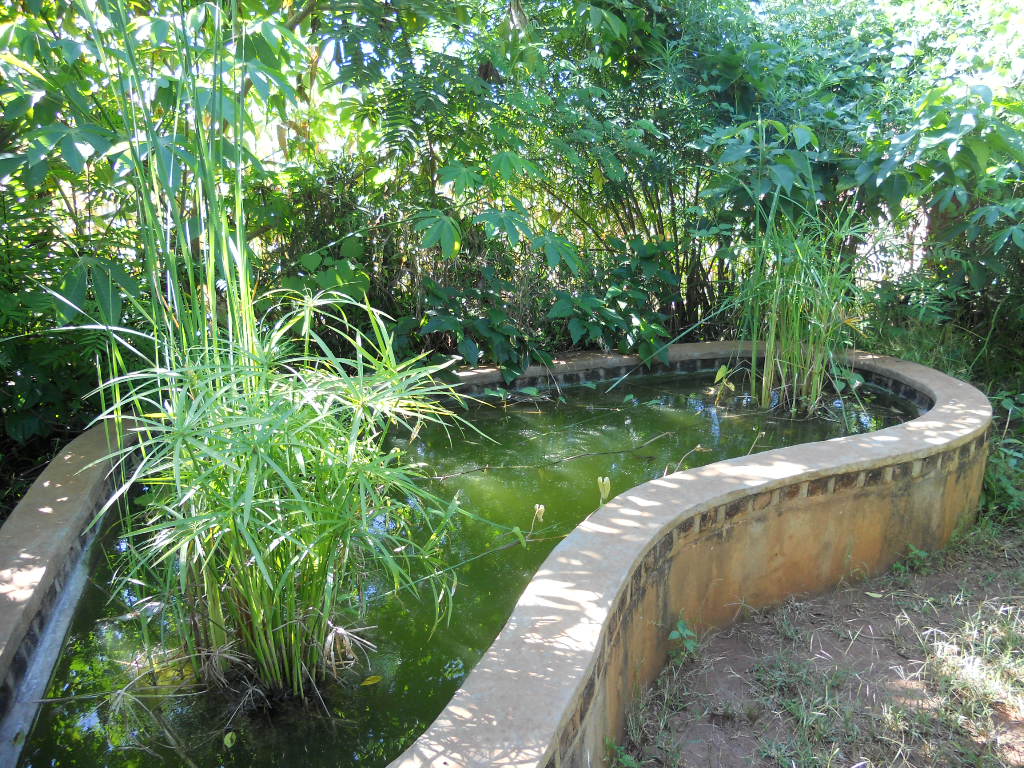
Fish farming can be a beneficial addition to any Permaculture site. The nutritional value of eating fish has been linked to better heart-health (through omega-3 fatty acids), and the reduction of malnutrition by providing a source of nutrients such as: protein, calcium, phosphorus, iron, zinc, iodine, magnesium, and potassium.
Fish farming can be implemented in many sizes and styles. These can range from small household water features and farm-sized ponds, up to large-scale management of lakes or even ocean fish-management zones. Most Permaculture sites range from small ponds to larger commercial-sized reservoirs.
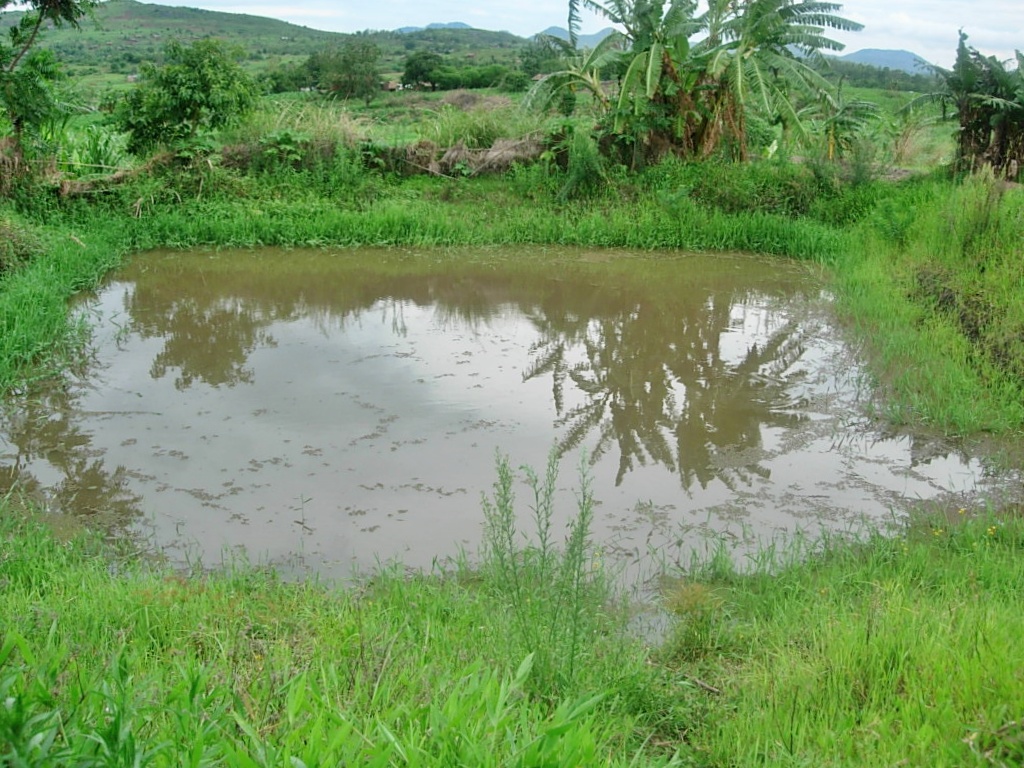
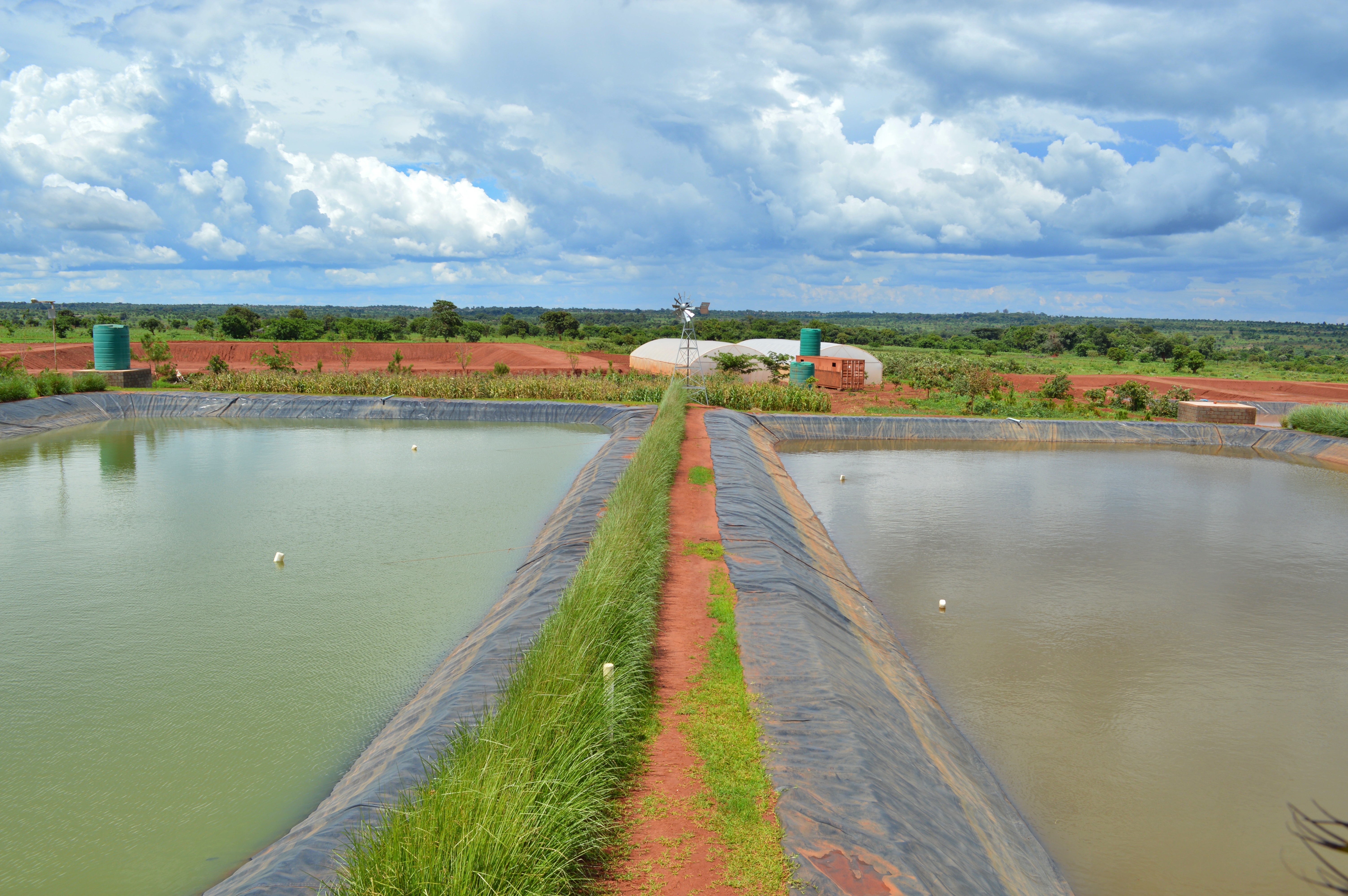
There are also aquaponic systems which integrate fish farming with the growing of plant foods. As with other types of fish farming, aquaponic systems can include small in-home units, or large-scale systems like Growing Power in Wisconsin, USA which produced enough food to feed 10,000 people on just three acres of land in a temperate climate with harsh winter conditions.
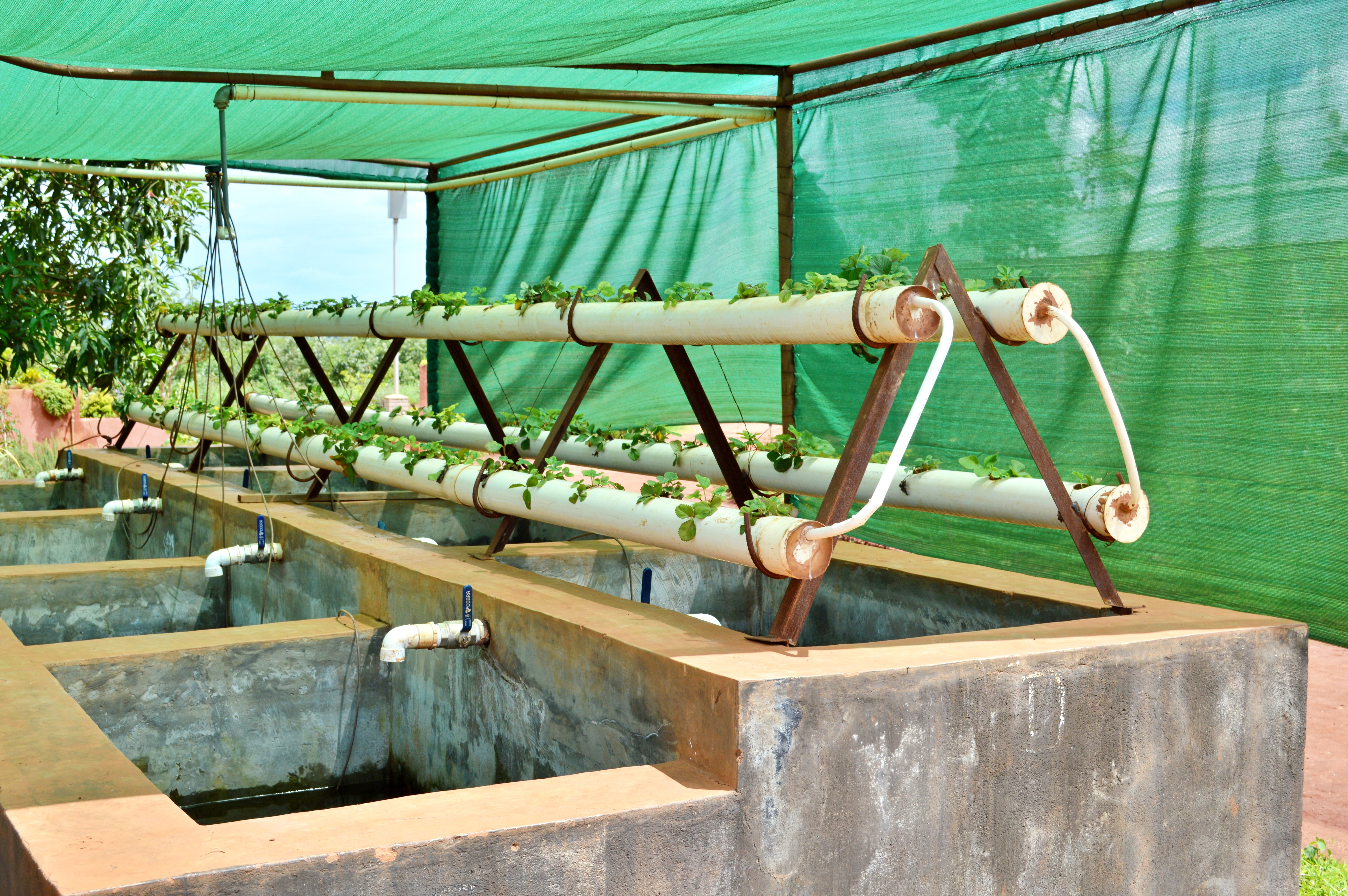
Here at Never Ending Food we have several different types of fish ponds that we have built. Some are just small water features, which help to attract beneficial wildlife, such as: birds, frogs, toads, dragonflies, lizards, spiders, bees and butterflies. These shallow ponds generally have a small pump to turn the water and keep them oxygenated. They also contain small fish (like tilapia or goldfish) to eat mosquito larva which may breed in the water. We don’t generally eat the fish out of these smaller ponds.

Our larger ponds are designed to provide edible fish as a source of nutrition. Due to their deeper depth (1.5-2 meters), and the addition of water plants, these ponds don’t generally need a pump for additional oxygen. We have also chosen to raise local catfish, which are incredibly hearty, fast-growing, and can tolerate fluctuations in oxygen levels.
Our largest pond was created from the hole which was dug when we were getting soil for our rammed-earth classroom. This pond is two meters deep with a one-meter ledge to provide a support for potted water plants. It was lined with bricks and ‘shined’ with a thin layer of cement to make it waterproof. This pond is also integrated with duck farming and the manure from the ducks helps to feed the fish.
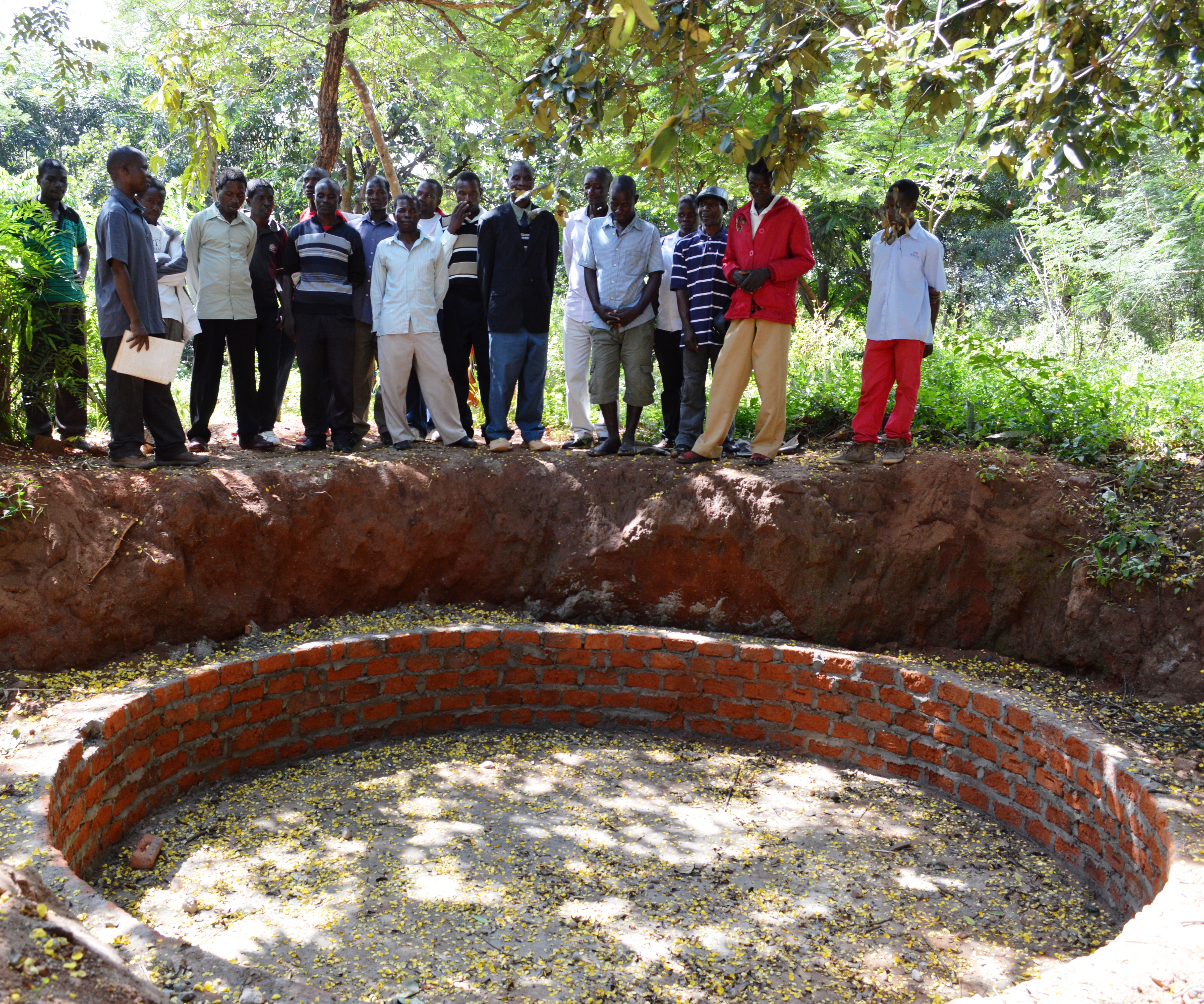
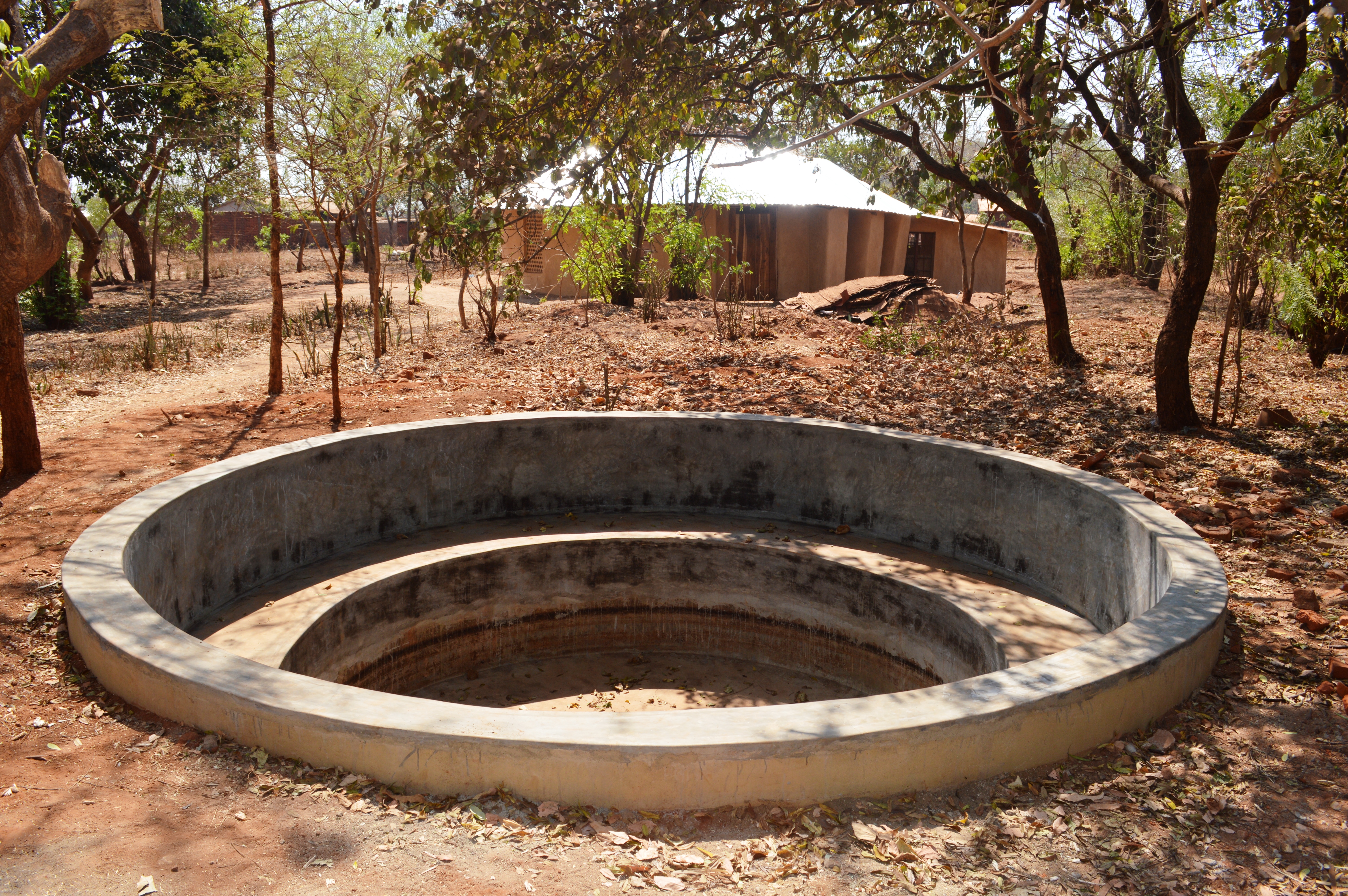
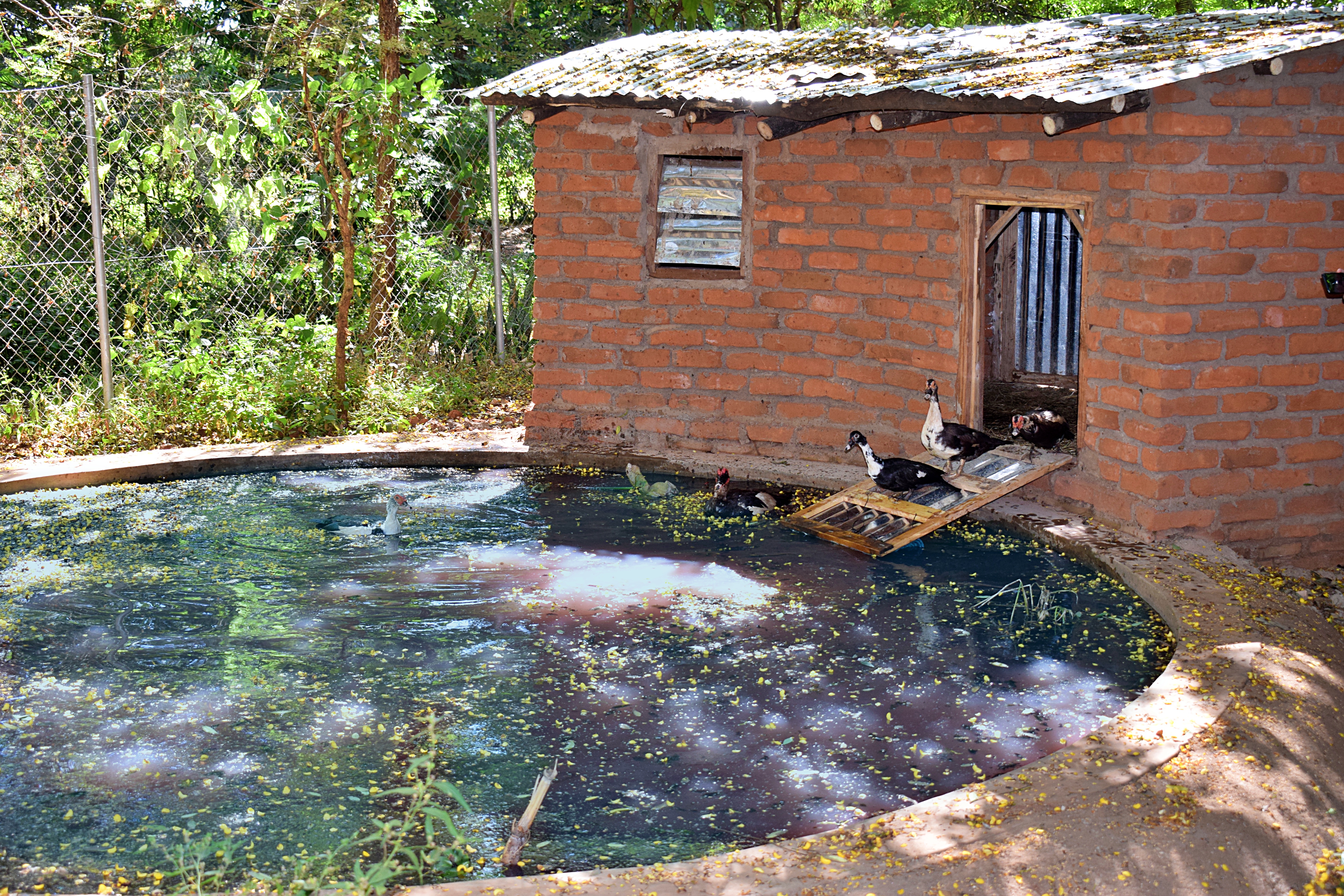
If you haven’t considered fish farming as part of your Permaculture design, now is the time! It can be a great way to add beauty, function, and nutrition to any site. Our fish ponds even allow us to relax with a fishing pole and come back with a meal!

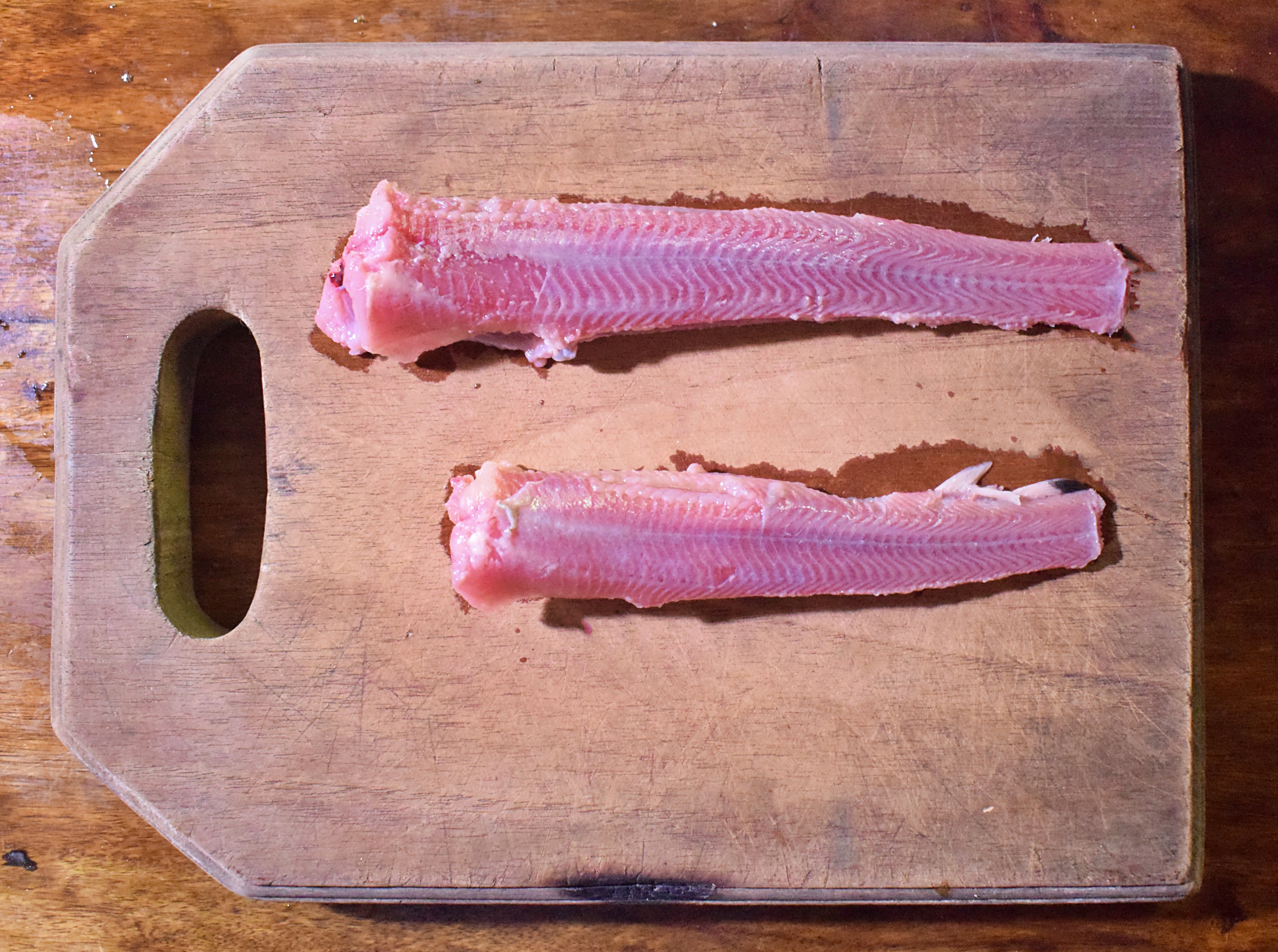
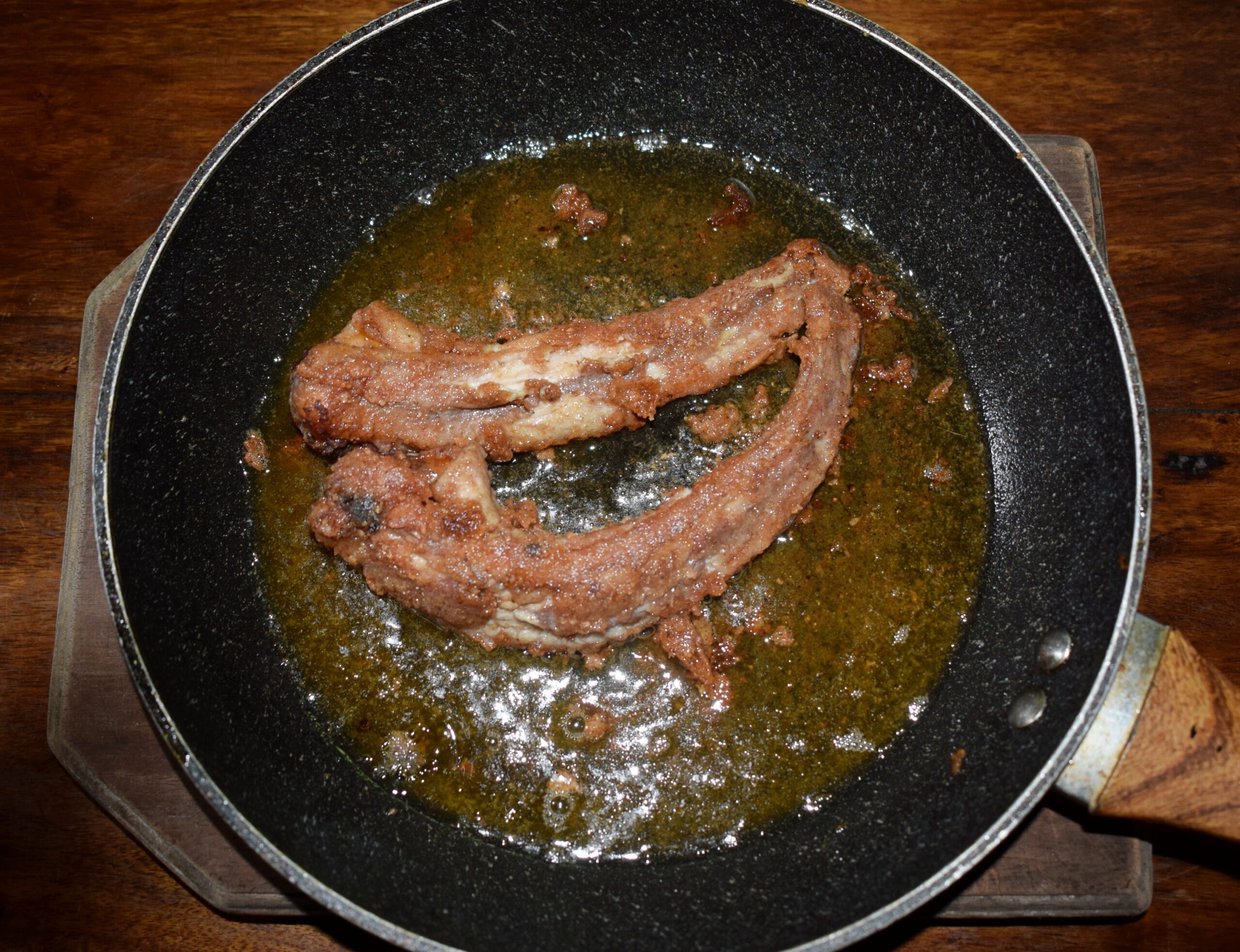
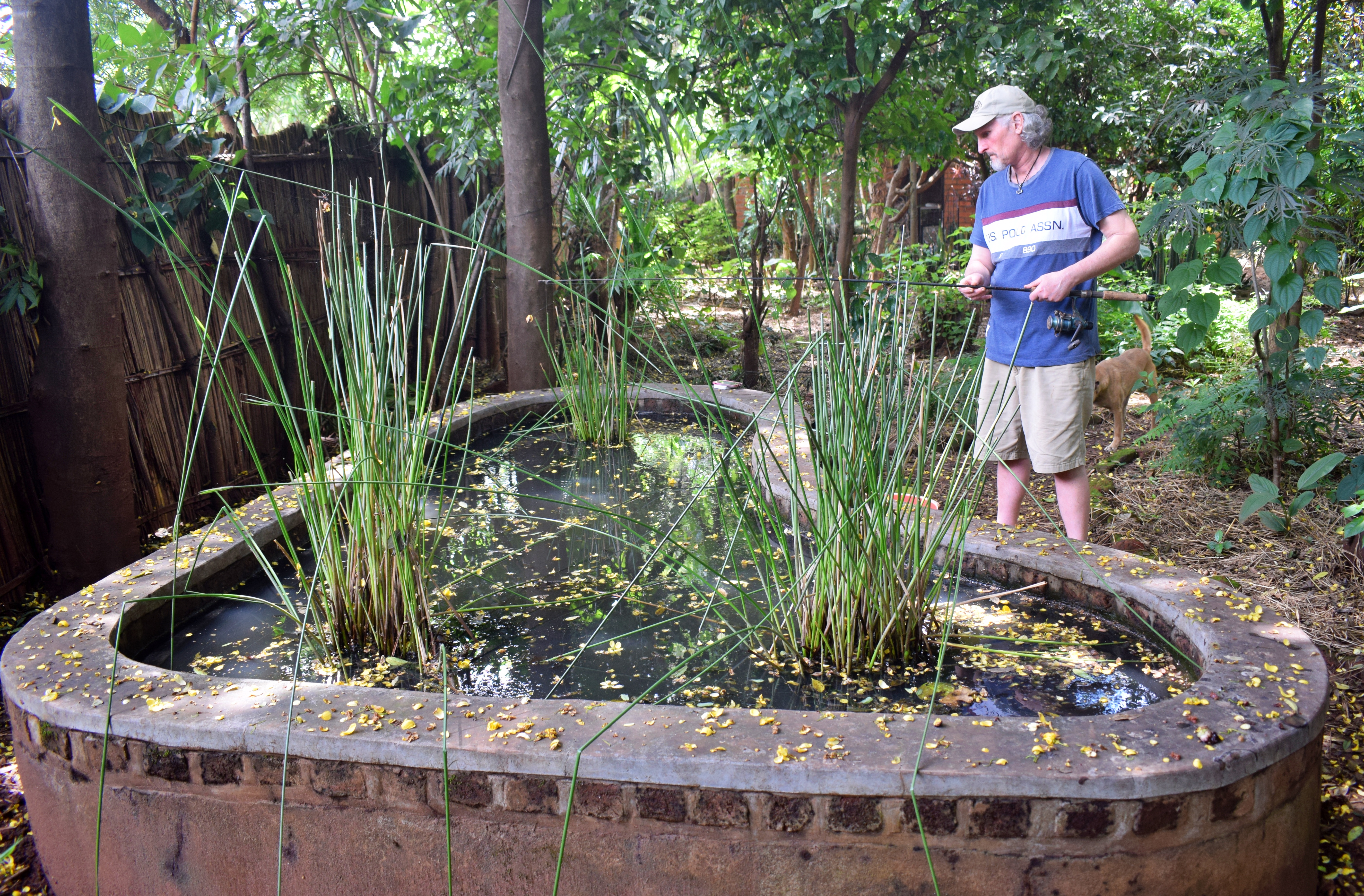
All donations go directly towards helping to spread Permaculture solutions throughout Malawi. Every little bit helps, and even a little can go a long way!
